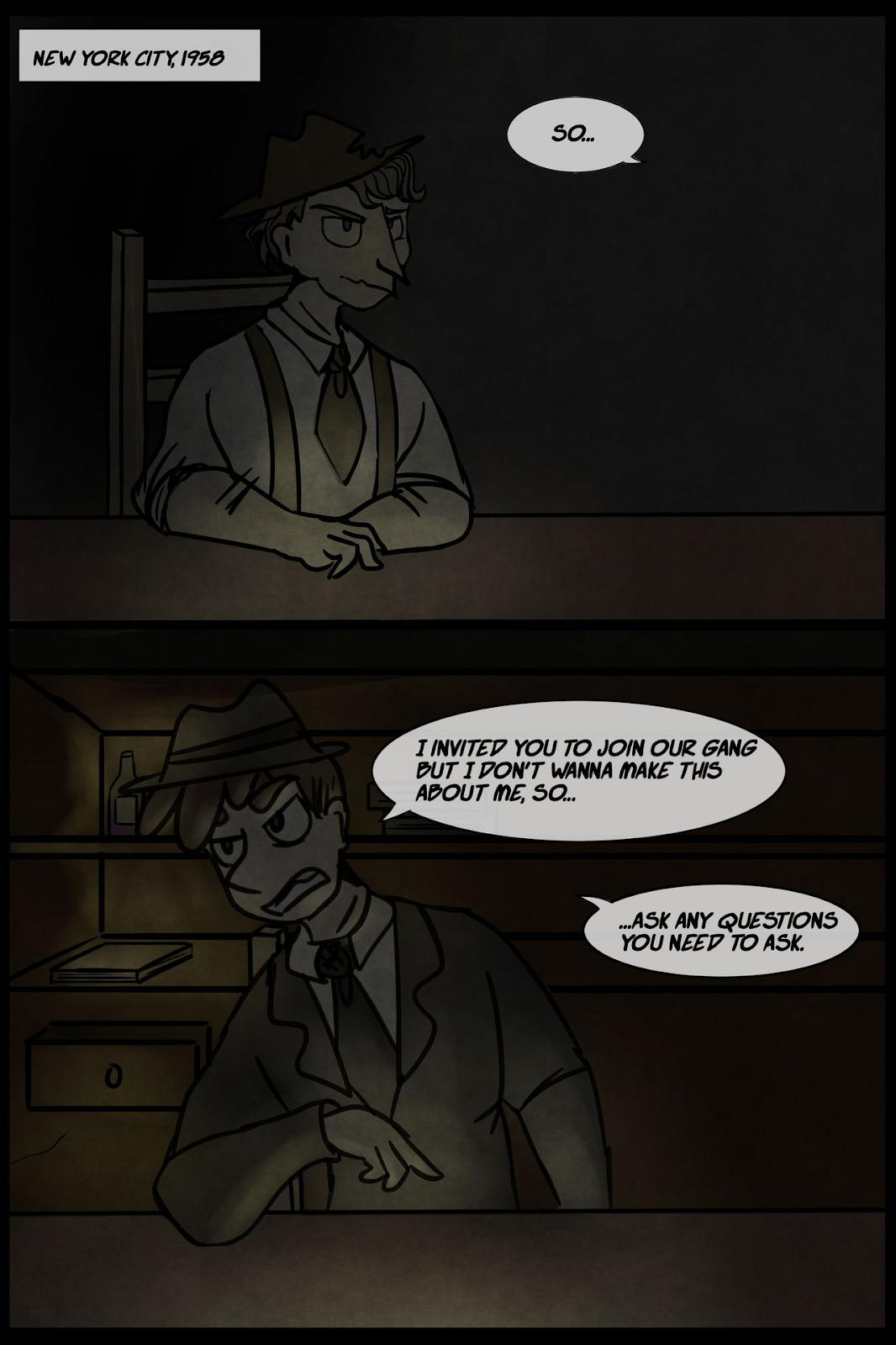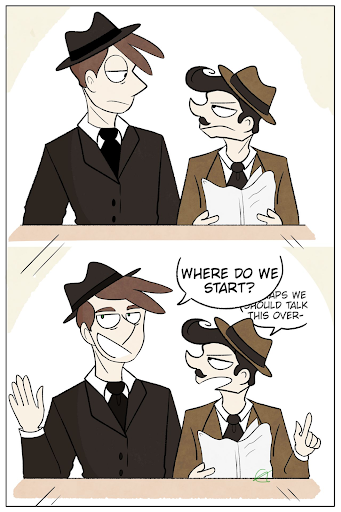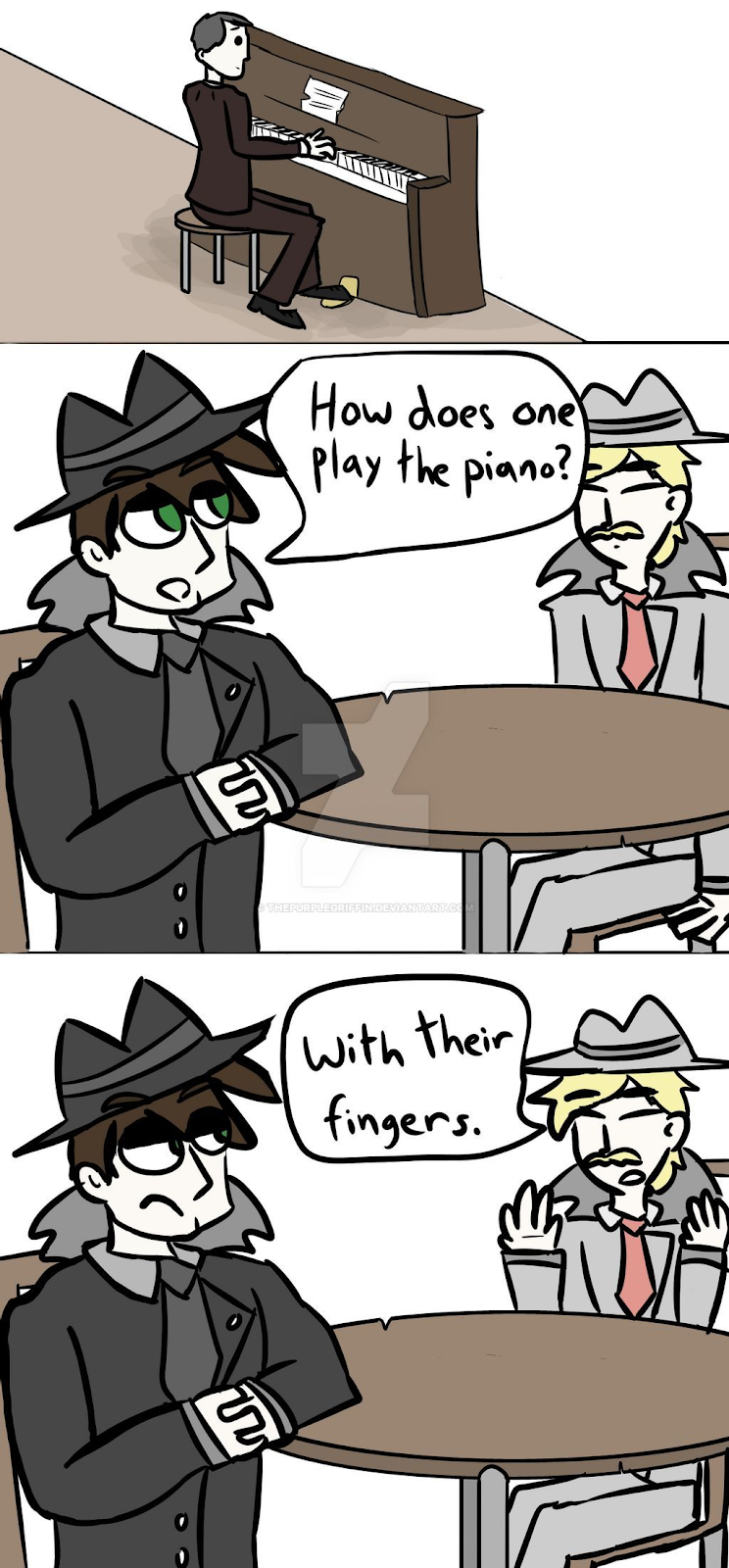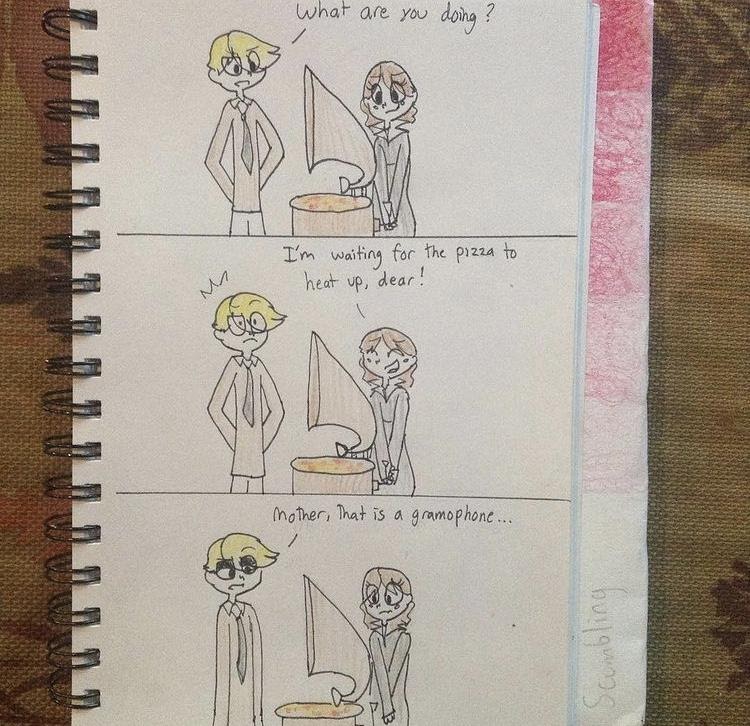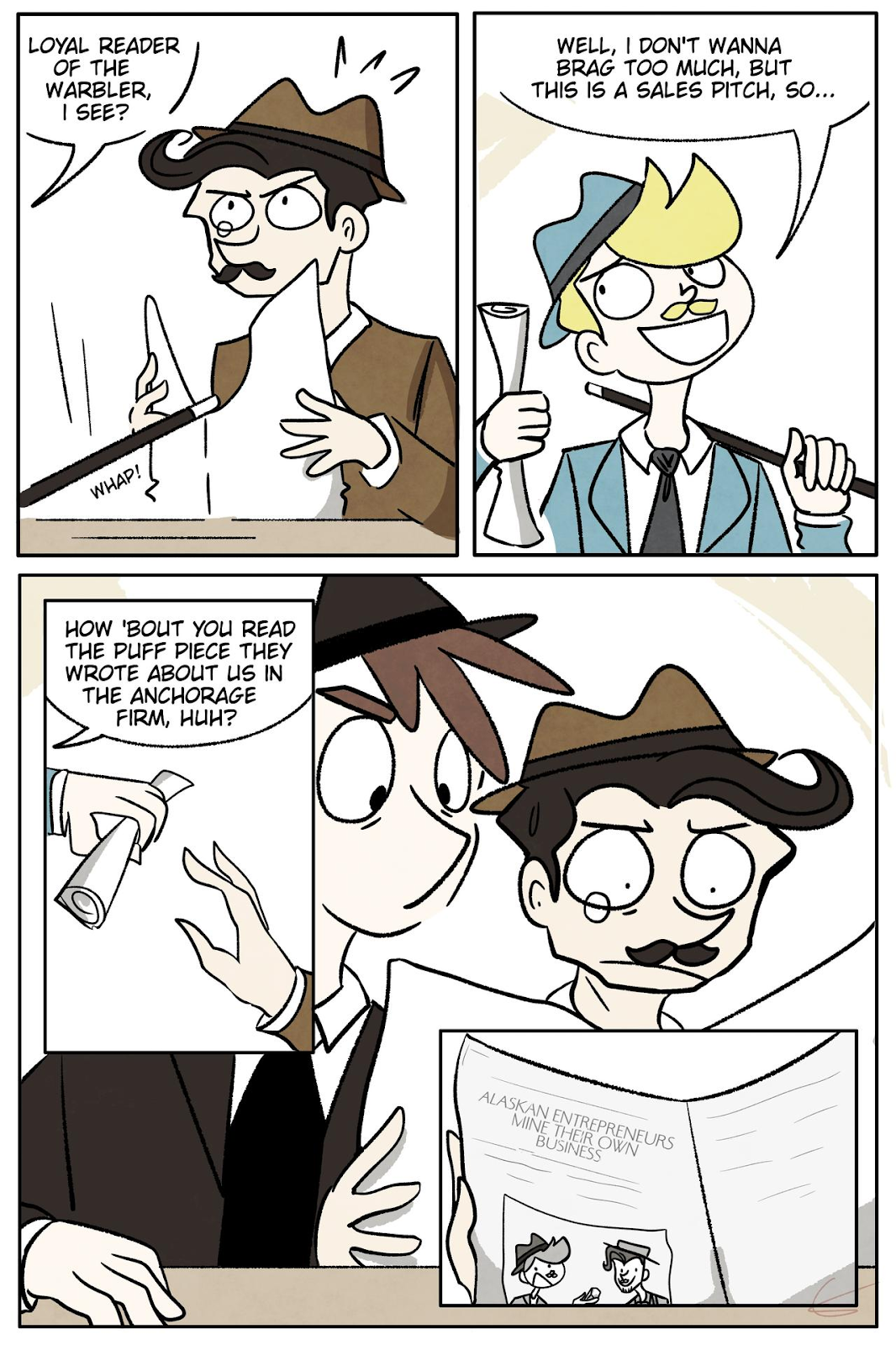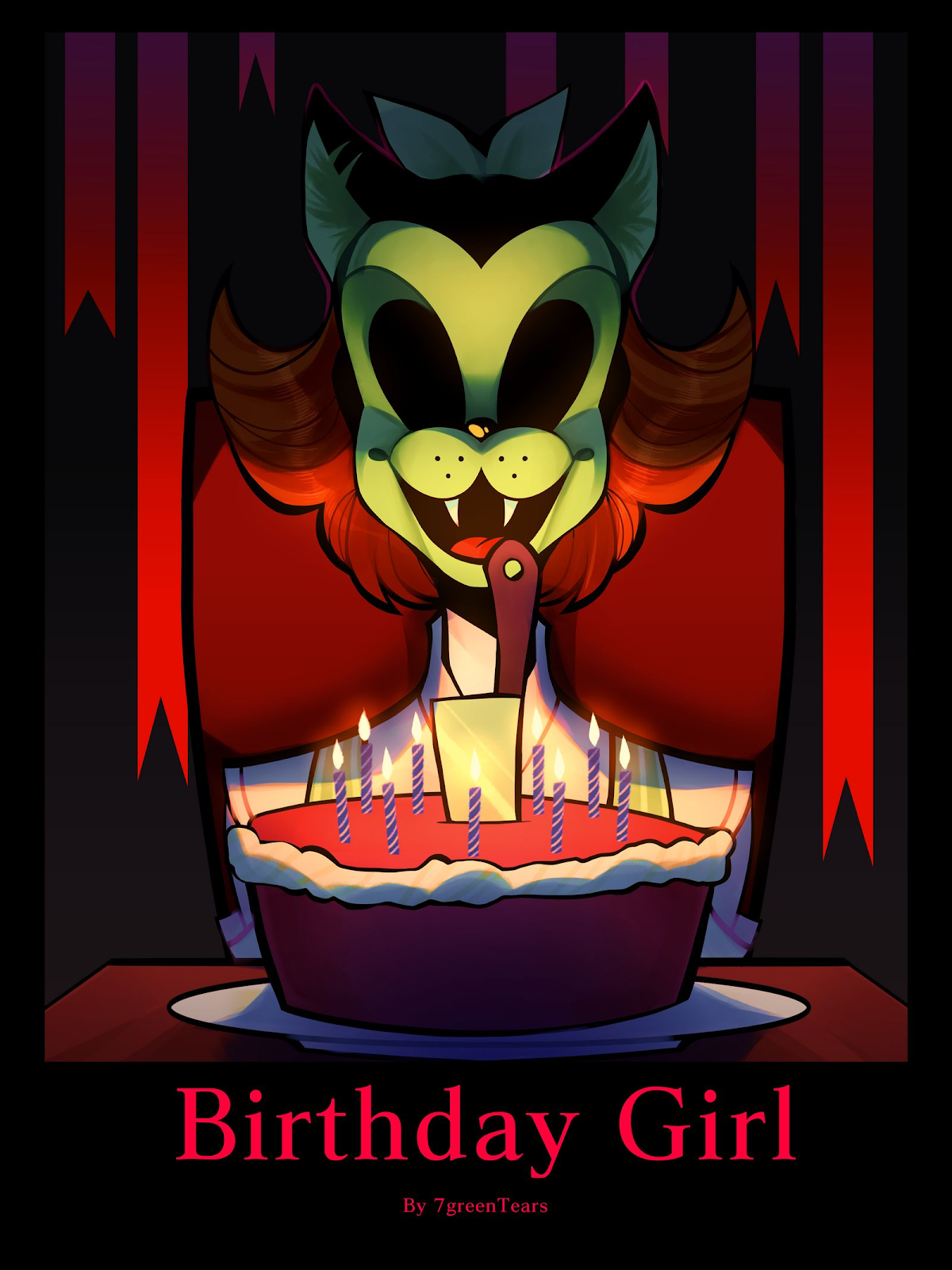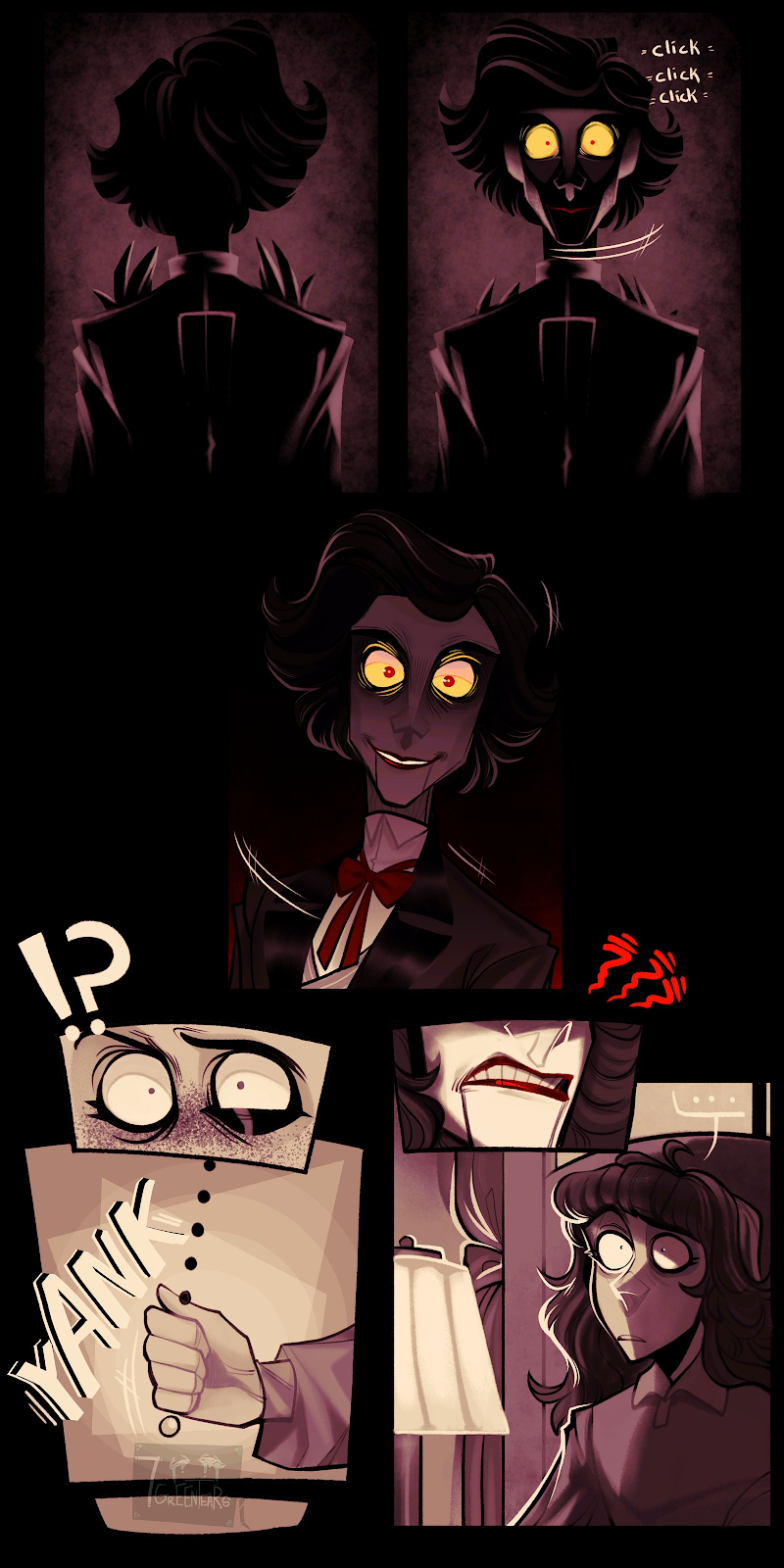How to Start a Webcomic: A Guide
Guest Writer: ThePurpleGriffin / Jan Vasquez
Note: This article was written to benefit from the Discount Deal.
The dark picture to the left is the first page of a film noir series that I have been working on for quite some time. The picture below is the twenty-sixth page for comparison. For those who don’t know, I launched a webcomic called The Graveyard Quartet and the Crowned Corvids in March of 2019. The series, which centres around a Mafia boss who struggles with Post-Traumatic Stress Disorder after starting a gang war, has gained a small, loyal audience on DeviantART and Instagram. After about a year of pumping out pages and showcasing them on social media, I am proud to say that it is nearly a quarter finished!
Of course, I am very open when it comes to talking about TGQ:CC online. As soon as a conversation welcomes the topic of webcomics, a common question that people ask me is how they are made in the first place. I usually respond the same exact way, asking, “Why would you like to know?”, only for the person to say, “Well, I want to make one, but I don’t know where to start.”
Yes, yes, I relate to that on a spiritual level. Since 2014, before the days of TGQ:CC, I have started nearly five webcomics, only to watch them all halt at pages five or six because of plot issues, discouragement, or an overall lack of passion. My older, inactive DeviantART and Instagram accounts are now cemeteries for dead projects, with all the characters buried under tombstones that come in the form of abandoned cover pages.
So from those moments, I learned that starting any project, such as a webcomic, animation, novel, or even a small drawing is just like starting a car (and a rather stubborn one, at that). It huffs, puffs, sputters, and shakes, and you feel like you won’t get anywhere.
So, how do you get on the road?
Good question. After some intense thinking and backtracking, as well as going around and asking some friends how they started their own comic projects, I boiled down the “secret formula” to a few key steps. Luckily for you, I am more than willing to share them, as this knowledge deserves to be spread to those who might wish to tell their stories.
Step One: Start Small!
Jumping right into a big project is no easy task. When most people think of the word ‘webcomic’, they think of a long, official series with deep narratives, lore, and entire volumes to go with it. Don’t worry about having to do this just yet. Slow down! You’re not planning out the X-Men timeline.
Instead, I argue that you should be nice to yourself and ease your way into comic-making rather than tackling it headfirst. Just start simple. A good way to do this is to ask yourself questions, and make smaller projects that can answer those questions. These ‘smaller projects’ may vary from doodles to concept art to short, individual comics that can help you better understand how your fictional world works.
Here’s what I mean. First, you should sit down and think: Who are the characters? Do they live in the real world, or are they part of a fantasy? Do they exist in the past, present, or future? What genres do I gravitate towards? What am I interested in?
Take a sketchbook and try to design some characters that you are willing to draw often. They do not have to be complex. If you do not like drawing people, draw an animal. If you do not like drawing animals, then take an inanimate object and give it a personality (and, of course, some way for them to interact with their world, such as eyes, ears, hands, stilts, you get it).
This part is crucial; they are the stars of your show, after all. If you are not confident in your art skills, then fret not- you will get better at it over time if you work hard enough. It’ll happen! But again, I beg you. Start slow.
I’m actually going to go out of my comfort zone here and show you some very old mini comics for TGQ:CC. I had to dig them out of their graves for a bit, so brace yourself:
I must admit that even though they now look somewhat primitive, they were helpful in developing the basics of the Graveyard Quartet universe. From the first comic, I was able to establish that Jim, my crime boss protagonist, is a stoic yet inquisitive individual who has an appreciation for music. From the second, I determined that the blond con man lurking around in the bar scenes once lived with his single mother for most of his childhood, and thus, acquired a snarky, materialistic attitude pretty quickly. Now, after much development, both characters had the chance to interact with each other in the more recent pages of TGQ:CC.
Another key takeaway was the setting and exposition; by creating these mini comics, I decided to settle on officially letting the story take place in New York City in the 1950s. I grew attached to the aesthetics, colours, fashion, and overall zeitgeist of this kind of environment, and therefore, happily made the series occur in the mid 20th century.
Other webcomic artists use this trick, testing out the waters and allowing their characters to live their lives for a bit before embarking on a grand adventure. I had the opportunity to interview the DeviantART user 7greenTears, a good friend of mine who recently finished the first issue of their webcomic series, Birthday Girl:
The comic, which is about a young girl who befriends a living puppet at an antique shop, has grown in popularity, receiving praise for its visual style, character designs, and tribute to the macabre style of horror.
I asked the artist if they took a similar approach with their project and started with mini comics, or if they dove straight into making the series. They happily confirmed that the former worked out better, stating, “I started off with small mini comics and little ideas here and there to practice... this really helped me with understanding how much time it takes me to complete a comic, how much effort, and what style is efficient but has good quality... I did do some scenario art here and there to figure out backgrounds and tone. Again, it was for practice and getting a feel for how comics can work for me. I only went into a bigger project once I felt confident enough in my skills to make them.”
Mini comics do not have to be complicated; they can be as simple as a short conversation between two characters, or a short “setup-then-punchline” visual for the audience. Regardless, you must take a dip before taking a plunge.
Once you grow attached to your characters, you will eventually want to see them grow and change. Have you given it some thought? Great. Now, you might be ready for step two.
Credits
Birthday Girl comic by 7greenTears
The Graveyard Quartet and the Crowned Corvids and blog post wording by ThePurpleGriffin. See her TGQ:CC gallery or check out her official Instagram
Title image by ThePurpleGriffin and used with her kind permission.
